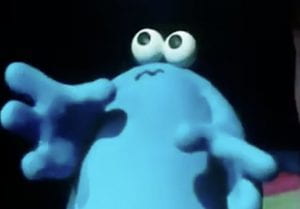 I value my Beta Readers. Like gold, they shine bright and their feedback is invaluable. A keen reader of thrillers – who has devoured over 30 books this year so far – has just finished my book. He was tasked with general feedback, rather than detailed analysis. The golden nugget for me was his comment that he felt the story only got flowing with the submarine action. This got me thinking about the sequence of chapters and made me realise that I could bring the underwater action forward. After some heavy cut-and-paste, this action now begins at Chapter 3 and the story is better paced and more engaging. My reader made a few other passing comments which has led to further tweaks and a better novel. This one made me smile;
I value my Beta Readers. Like gold, they shine bright and their feedback is invaluable. A keen reader of thrillers – who has devoured over 30 books this year so far – has just finished my book. He was tasked with general feedback, rather than detailed analysis. The golden nugget for me was his comment that he felt the story only got flowing with the submarine action. This got me thinking about the sequence of chapters and made me realise that I could bring the underwater action forward. After some heavy cut-and-paste, this action now begins at Chapter 3 and the story is better paced and more engaging. My reader made a few other passing comments which has led to further tweaks and a better novel. This one made me smile;
“I had a feeling that the story was going to end with a twist and it was a good one.”
Conclusion? Beta Readers are like gold!
Here is an easy guide for Beta Readers:
- Identify characters who are not engaging so I can strengthen or remove them.
- Identify anything that’s confusing (chapters, paragraphs, or dialog).
- Evaluate Plot and Pace: was the book a “good read” that kept you engaged and wanting more? If not, what parts lacked engagement?
- Finally, the ending: was it OK? Unexpected? Can you think of a better one?
- Would you tell your friends about this book after having read it?

 The Writer’s Trap Door. You never see it coming, then “Swoosh”—you are down in the writing dungeon and your words are lost forever.
The Writer’s Trap Door. You never see it coming, then “Swoosh”—you are down in the writing dungeon and your words are lost forever. You may be wondering what stage my new thriller is at? It has been sent out to a few selected Literary Agents and I am still waiting for it to be picked up for representation. Meanwhile, I have not been idle in my writing! I continue to make minor edits, based mostly on
You may be wondering what stage my new thriller is at? It has been sent out to a few selected Literary Agents and I am still waiting for it to be picked up for representation. Meanwhile, I have not been idle in my writing! I continue to make minor edits, based mostly on